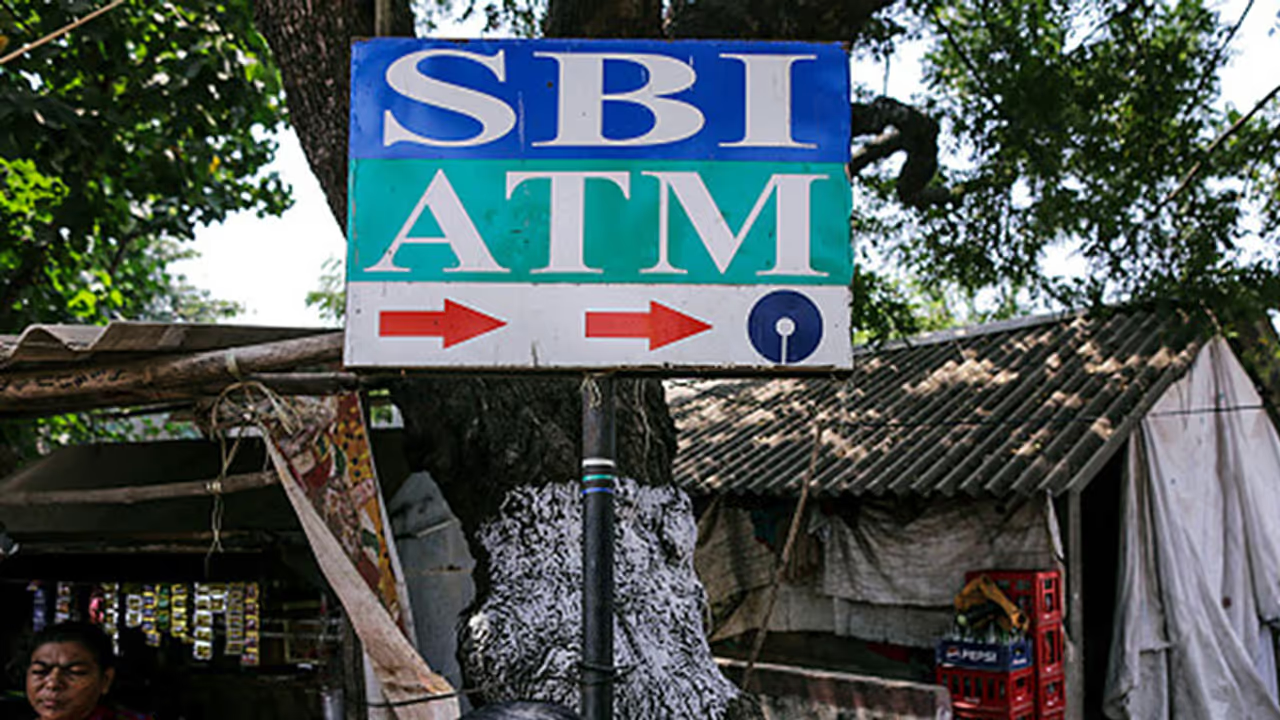Since transactions do not happen in a big amount of cash, there are less banned ₹500 and ₹1000 notes spread here. The rural India is self-sufficient to a large extent and has their own survival method. Only their bank accounts need to be protected from black money hoarders.

It has been more than two weeks now since demonetisation, and many have accepted it, and many others still have some doubt about it, and many on social media are complaining about the struggle of the rural and hand to mouth population in India due to the cash crunch.
However, the situation in the rural, remote areas and for low-income population of the country may not be as bad as it has been thought out to be.
Here are 5 reasons why rural, remote, and low-income population is the least impacted one at the moment:
1. In rural, remote areas the day to day economic activity do not involve huge amount of monetary transactions in cash or otherwise too. Since transactions do not happen in a big amount of cash, there are less banned ₹500 and ₹1000 notes spread among them. Therefore, banning has less or no impact on them.
2. Those who have comparatively bigger financial activity and involves a somewhat more amount of money, their transaction cycle is mostly weekly or every fortnight at the least. So, there is good chance that they will get the new money by the time they need.
3. The cash saving of this population is also not so much that it might get them into some kind of inconvenience or trouble. Since getting the change of the earlier high denominated notes were anyways a trouble even in the cities, the rural population has the habit of keeping low denominated cash saving them from trouble.
4. The daily wage labourers in these regions of the country barely make ₹500 rupee a day. There is no minimum wage system in this country and thus, making above ₹500 is not an easy task for these labourers. This means they do not get the banned currency as their wage.
5. Lastly, since the banks are not easily accessible in remote and rural areas, all the transaction and bank related work are done either during the beginning or towards the end of the months.
Those families who can they maintain a monthly budget of ration and get their essentials at the beginning or end of a month. For the day-to-day matters very small amount of money is required manageable through low denominated notes.
Since the demonetisation was announced after the first week of this month and we are yet to reach the end of this month, it must not have created major havoc in the lives of the rural population in India.
The rural India is self-sufficient to a large extent and has their own survival method. They are pretty much safe from the demonetisation chaos until black money hoarders do not exploit them and try to use their bank accounts to convert their black money into white.
